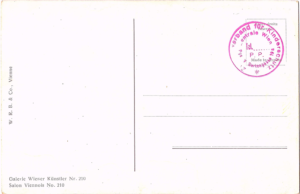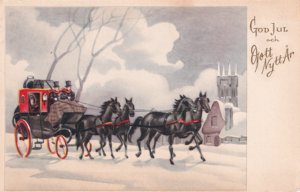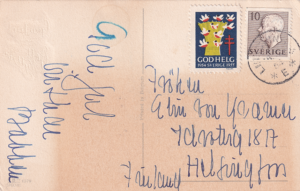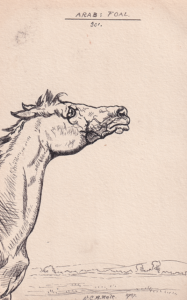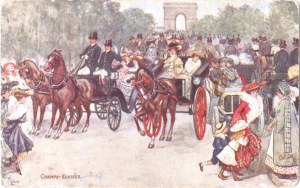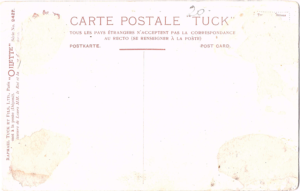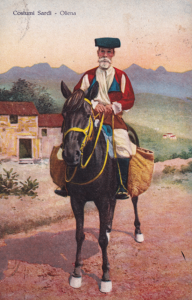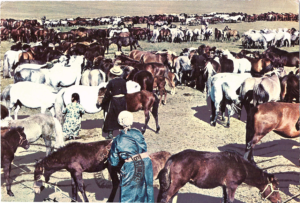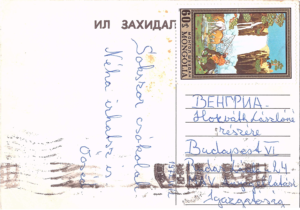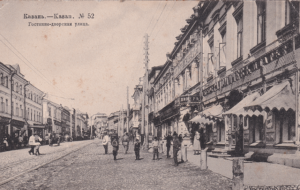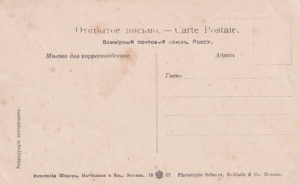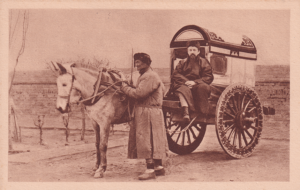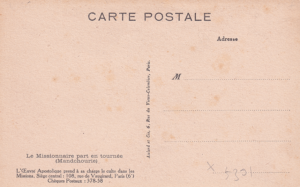A volcano in Iceland, active since the XXth century.

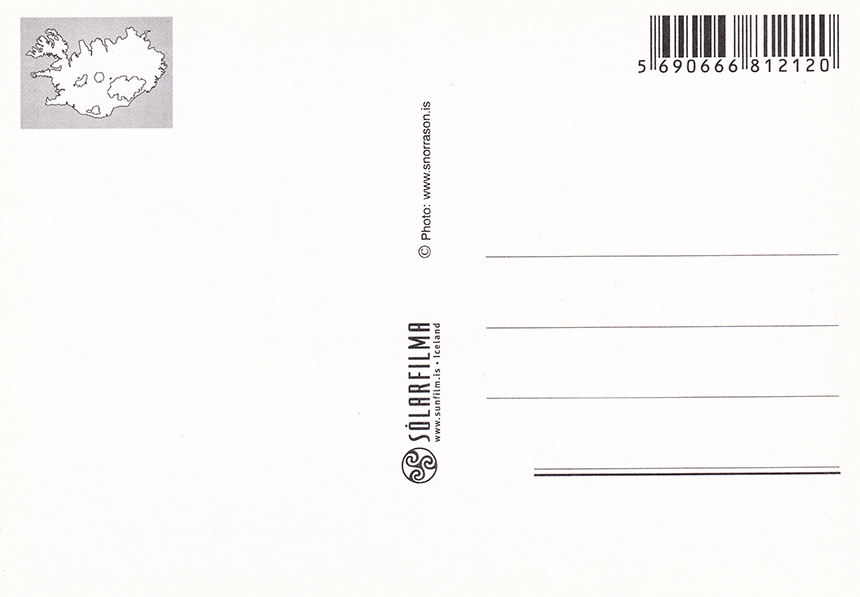
Reverse side of the postcard.
More information
A volcano in Iceland, active since the XXth century.
Öræfajökull is a stratovolcano and glacier located in southeastern Iceland, within the Vatnajökull National Park. It is one of the most prominent and iconic volcanoes in Iceland. The name "Öræfajökull" translates to "Wasteland Glacier" or "Deserted Glacier" in Icelandic, reflecting its remote and rugged surroundings.
Öræfajökull stands at an elevation of 2,110 meters and is crowned by Hvannadalshnjúkur, the highest peak in Iceland. The volcano has a long history of volcanic activity, with eruptions documented as far back as the 10th century. The most notable eruption occurred in 1362, known as the Öræfajökull eruption, which was one of the largest volcanic events in recorded history and resulted in significant destruction and loss of life.
The volcano is characterized by a large caldera, or volcanic crater, which measures approximately 15 kilometers (9 miles) in diameter. The caldera is partially filled with ice and hosts several outlet glaciers, including the famous Skaftafellsjökull. These glaciers extend from the summit and flow down the steep slopes of the volcano, creating awe-inspiring glacial landscapes.
Öræfajökull is monitored closely by Icelandic authorities due to its potential for future eruptions. Increased seismic activity and changes in the volcano's geothermal features have been observed in recent years, indicating a reawakening of volcanic activity. This led to the establishment of an exclusion zone around the volcano to ensure public safety.
Object data
Title
A volcano in Iceland, active since the XXth century.
Artist
www.snorrason.is.
Founder
"Solarfilma", Reykjavík.
Date
2015.
Culture
Iceland.
Classification
Postcard.


